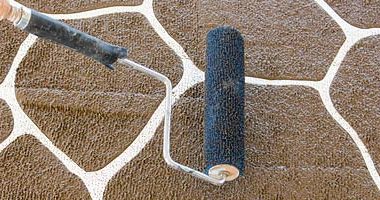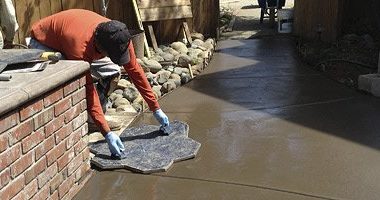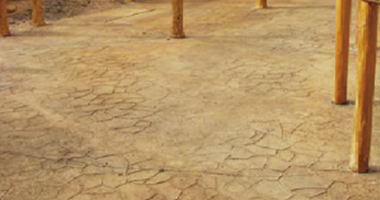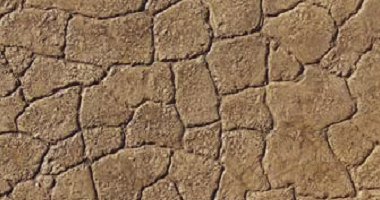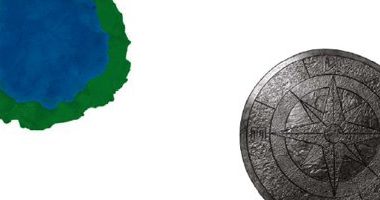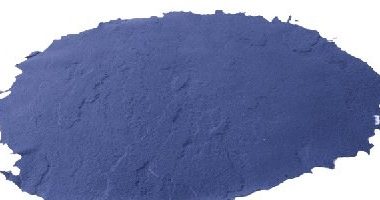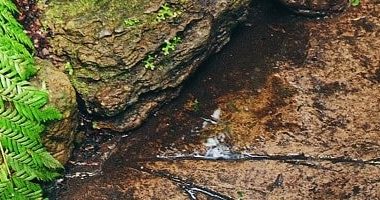In this world, there are two types of concrete: concrete that’s flat, gray and utilitarian, and concrete that’s been shaped, colored and/or textured — and is considered art.
Tag: Texture Skins
How Texture Stamp Mats Changed the Decorative Concrete Game
Before texture stamping, stamping professionals were limited to interlocking stamp patterns and all of the frustration and anxiety that accompany them. Flash forward to 2014, and numerous opportunities exist to showcase your decorative talent, thanks to the many variations of texture stamp tools.
Cracked Mud Seamless Skin from Brickform
When Disney’s Animal Kingdom in Florida wanted to create a new ride inspired by the popular Disney-Pixar movie “A Bug’s Life,” the theme park called on Brickform, a division of Solomon Colors Inc., to create a seamless texture skin representative of a dry lakebed. That was nearly one decade ago.
Cracked Mud Seamless Skin from Proline Concrete Tools
Proline Concrete Tools receives a lot of requests for custom stamps, but rarely do the patterns end up turning into a nationwide trend.
Back in early 1990s, the San Diego Zoo’s Safari Park wanted to emulate cracked mud found in the Serengeti Desert and Proline was up to the task.
Must Haves in Concrete Stamps and Texture Mats
Meet a few of the newest in texture mats and stamping tools for concrete.
Brickform Skins Flex to Suit
When it comes to texture skins, flexibility is often appreciated, and Brickform LLC aims to please.
Overlapping Concrete Texture Skins Produces that Natural Look
Producing concrete that mimics natural stones is art in a cementatious medium and overlapping texture skins is one of the crucial techniques. Completely counter to the precise alignment of stamps, skins must be placed randomly so their impressions imitate the irregular looks of natural stone materials.
Using Concrete Texture Skins to Increase Your Profit
Planned carefully, skins will make your job a distinguished work of art. New-and profitable-tricks can be learned by old dogs, including concrete and contractors. Texture skins and color release chemicals are changing the look of concrete.
